LaTeX templates and examples — Reports
Write up experiments and research with LaTeX templates for project and lab reports—including layout guidelines to help guide you through the writing process.
Recent
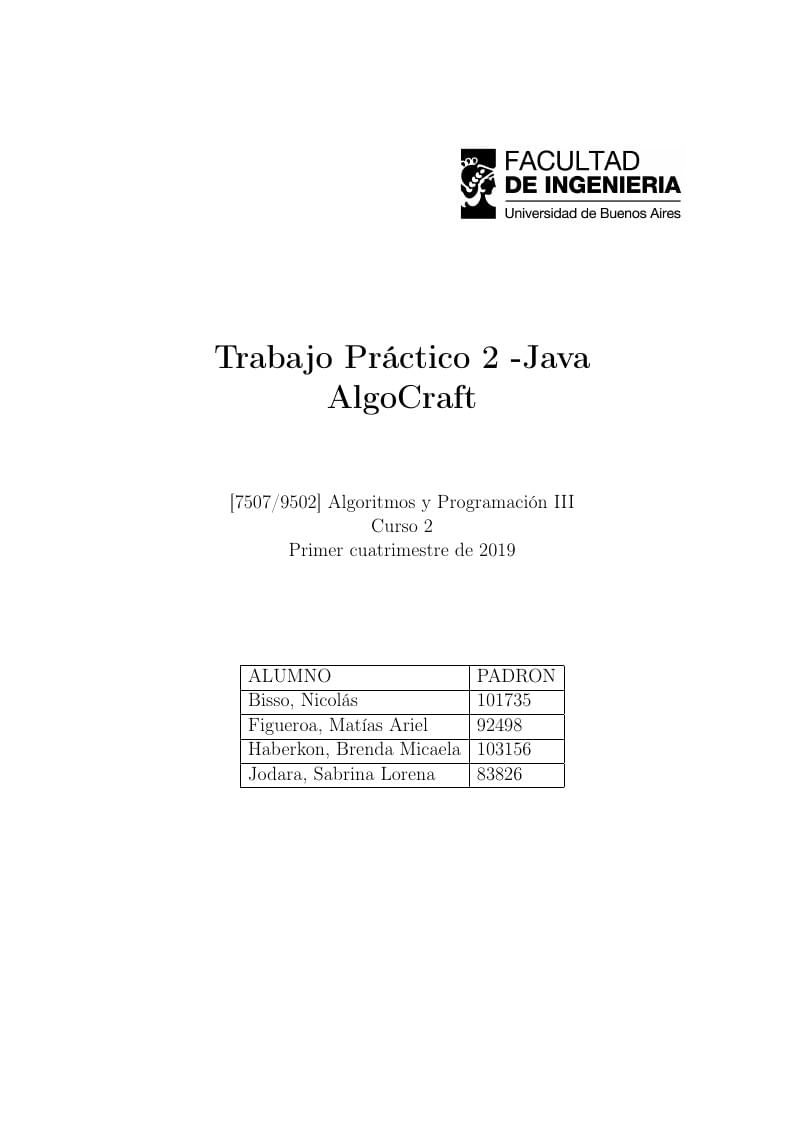
Entrega numero 1
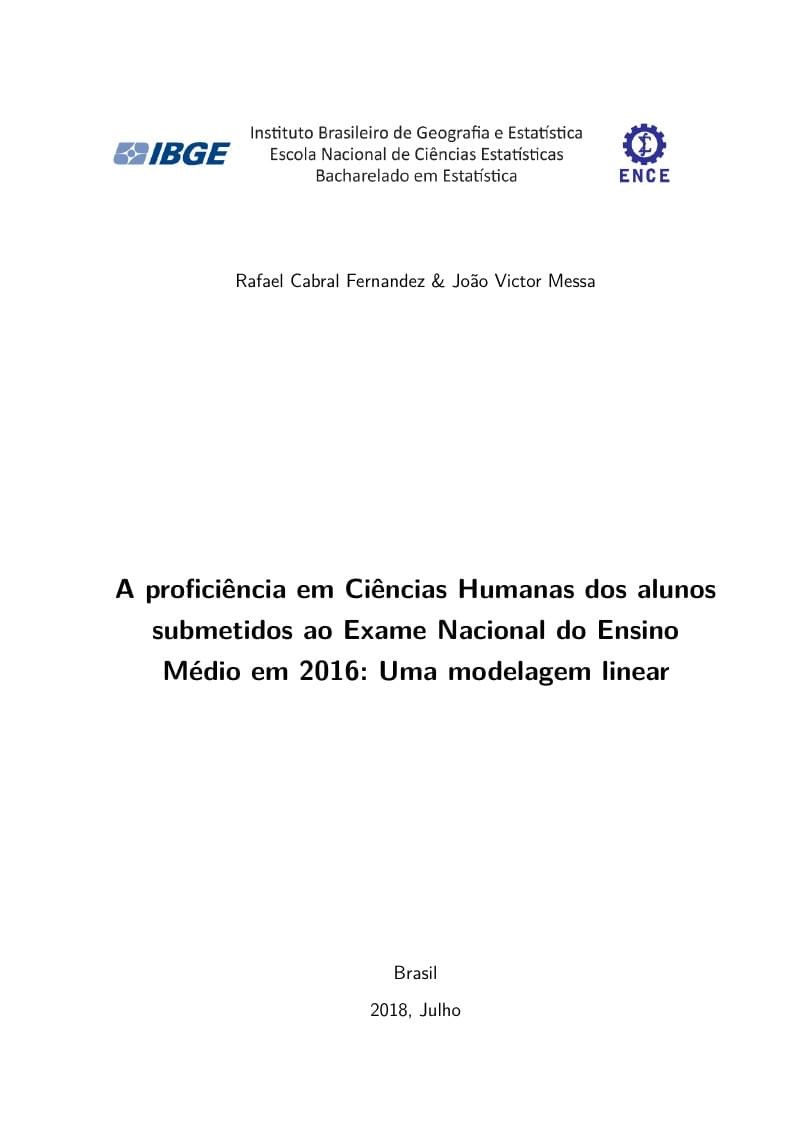
Trabalho semestral de modelos linares
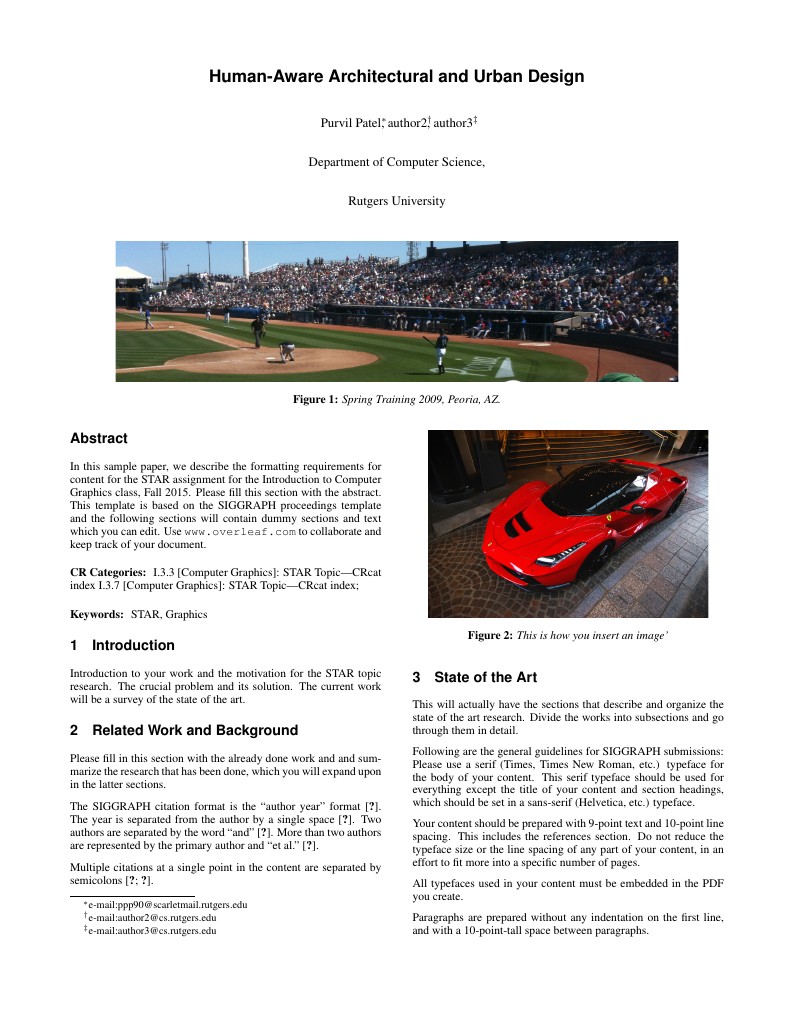
In this sample paper, we describe the formatting requirements for content for the STAR assignment for the Introduction to Computer Graphics class, Fall 2015. Please fill this section with the abstract. This template is based on the SIGGRAPH proceedings template and the following sections will contain dummy sections and text which you can edit. Use Overleaf to collaborate and keep track of your document.

Write up for Quantum Mechanics and Intermediate Mechanics extra-credit assignments.
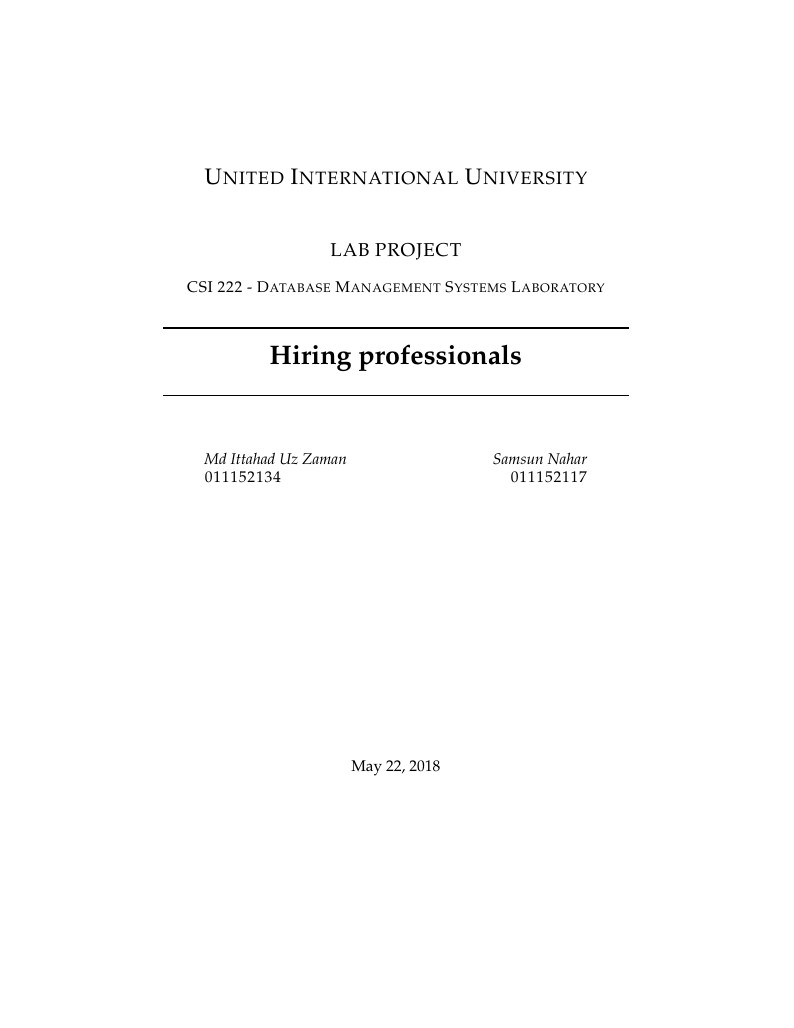
Hiring Professionals (KajLagbe) is a platform for publishing and finding jobs that are not so conventional to the existing job marketplace. We focus on providing manpower specially for the day to day requirements.
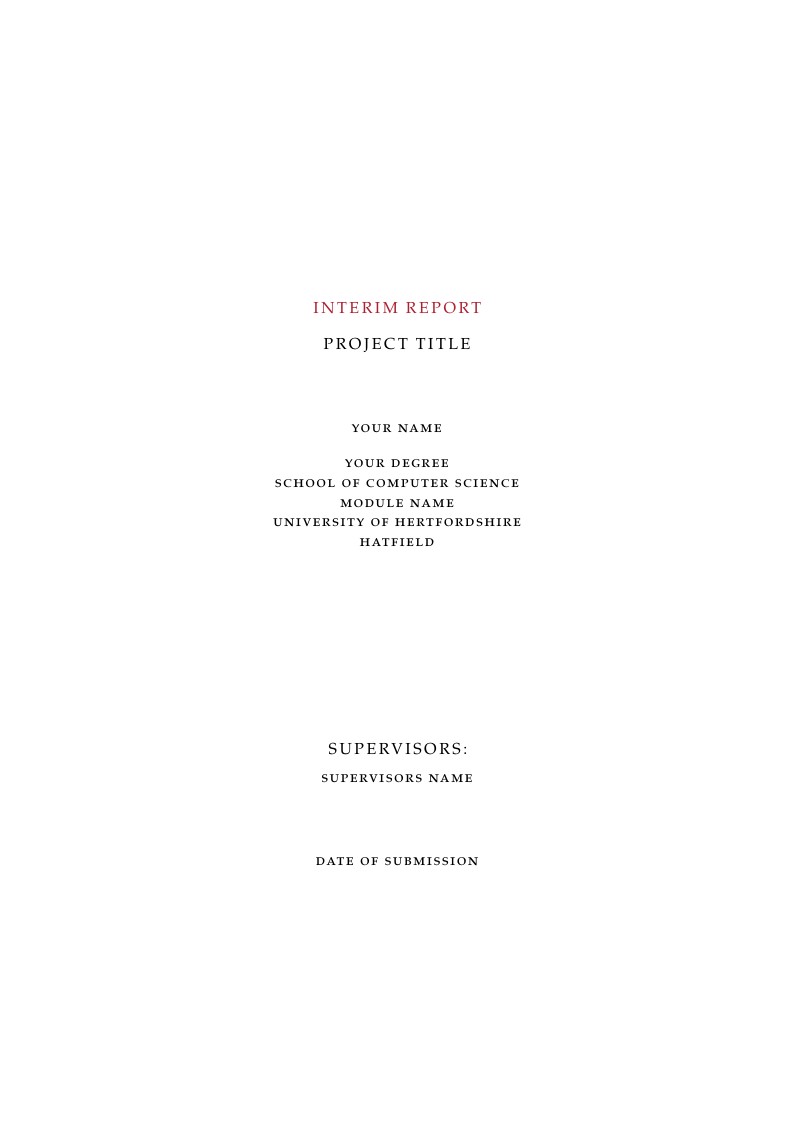
A simple project report template for students to use. Uses classic thesis.

A good way to improve LaTeX skills is to write classroom assignments and reports in LaTeX. This template can help you get started. Feel free to suggest improvements at vishal dot sharma at aggiemail.usu.edu

Scientific investigation
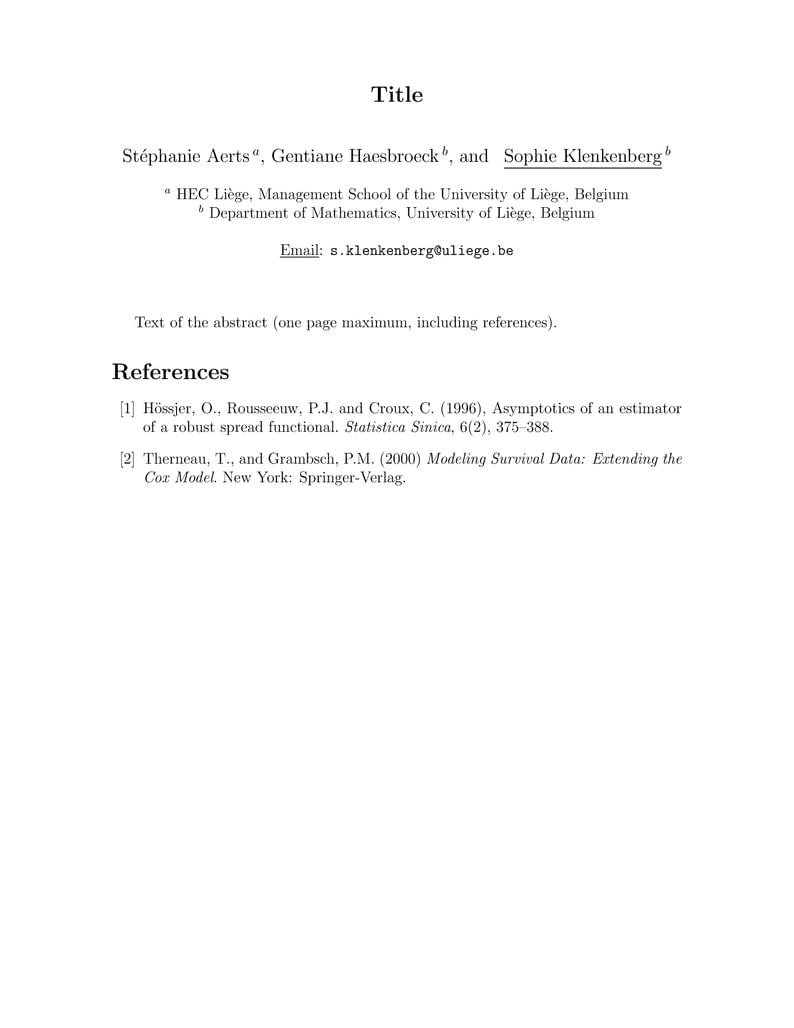
Official template for the submission of an abstract for a talk or a poster to the 28th Annual Meeting of the RSSB.
\begin
Discover why over 20 million people worldwide trust Overleaf with their work.